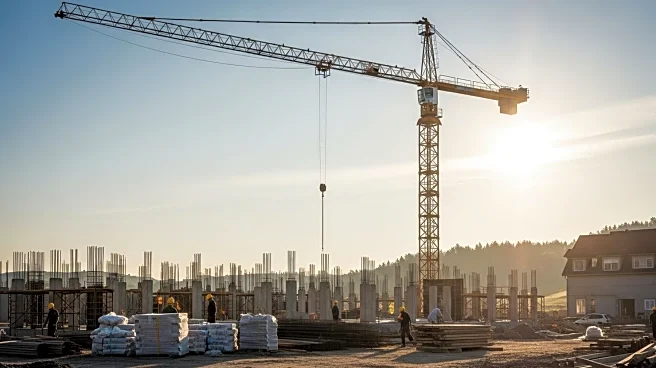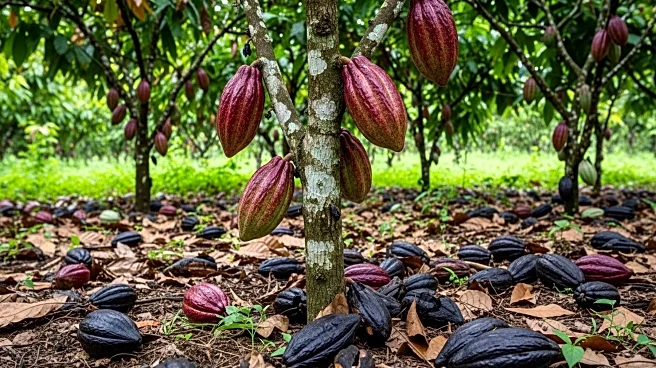What's Happening?
A recent study by the International Association of Fairs and Expositions highlights the substantial economic impact of fairs and fairgrounds across the Rocky Mountain Region. The study reveals that fairs attracted 219.8 million visitors, generating $4.9 billion in economic activity. This includes 192,880 hotel room nights, 39,200 ongoing jobs, and $1.7 billion in wages. Fairs serve as a platform to promote agriculture, showcasing cowboy and cowgirl culture and supporting youth projects like 4-H and FFA. The findings underscore the importance of fairs in sustaining local economies and preserving agricultural traditions.
Why It's Important?
The economic contributions of fairs are vital for the Rocky Mountain Region, providing significant fiscal benefits and supporting local communities. Fairs play a crucial role in promoting agriculture, offering a venue for education and cultural exchange. They help bridge the gap between urban and rural populations, fostering appreciation for agricultural practices and lifestyles. The study highlights the potential of fairs to drive economic growth while preserving cultural heritage, emphasizing their value in regional development strategies.
What's Next?
The findings may encourage further investment in fairgrounds and related infrastructure, enhancing their capacity to attract visitors and support local economies. Stakeholders, including government agencies and agricultural organizations, may explore opportunities to expand the reach and impact of fairs. Efforts to integrate modern technologies and sustainable practices into fair operations could enhance their appeal and relevance in a changing economic landscape.
Beyond the Headlines
The study raises questions about the sustainability of fairs and their ability to adapt to evolving consumer preferences and environmental challenges. It also highlights the need for strategic planning to ensure fairs continue to serve as effective platforms for agricultural promotion and economic development.










